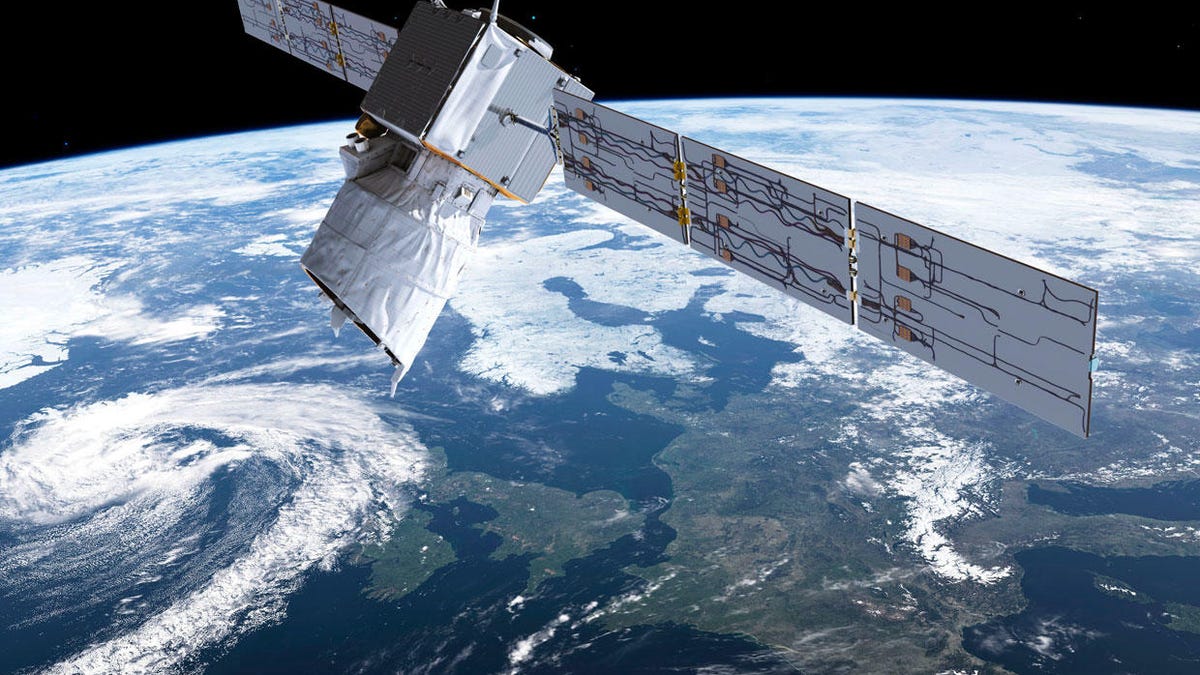No, but they never claimed Falcon 9 would bring that level of savings. For one thing, the second stage isn’t reusable, so they couldn’t hit ‘an order of magnitude’ even if the first stage refurb cost was zero. It turns out that it’s extremely hard to reuse a second stage unless you scale up the rocket to enormous size - hence Starship.
Also, the advantage of reusing these craft is that you can inspect them for wear and learn how to build rockets that last longer. You also learn over time how to engineer for easier replacement of parts, and if you get to certain scales you can start using assembly lines to build replacement parts and drive down costs even further. So while early costs savings are probably eaten up by teardown and engineering costs as SpaceX climbs the learning curve, the door is now open for increasing cost savings as we learn what does and doesn’t get damaged on a typical flight and build more robust parts.
So I wouldn’t say that SpaceX has reduced spaceflight costs by orders of magnitude, but that they have created a paradigm shift that has the potential for such savings. A fully reusable starship that needs minimal refurb time could drive the cost of spaceflight down substantially. Not to the crazy levels Musk touts: There’s still fuel, launch site costs, fixed costs, insurance, time value of money (tying up a $200 million rocket for several years on a Mars trip is not free), etc.
A Boeing 747 costs about $25,000 per hour to fly. A round trip of an overseas flight can cost close to a million dollars. And yet, the aircraft is completely reusable and uses a lot less fuel and costs probably 10% of what a Starship would cost.
Or look at it this way: Let’s say a manned starship can fly once per week. That’s 52 flights per year. If the thing costs $200 million to build, and you pay 5% for financing, that’s just about $100,000 per flight just for interest on your money. Worse, if the starship only flies 100 times before being scrapped (Misk’s estimate), the amortization cost is another $2 million per flight.
Then there’s fuel and maintenance and the share of fixed costs that each flight requires for planning, engineering, transportation, launch pad upkeep, etc. Call it an absolute floor of maybe $5 million per flight if everything goes according to Misk’s vision. And that’s the price that maybe you could get to in a long-term scenario after the system is mature, assuming there is a market big enough for the kind of flight cadences that would be required to achieve such low costs and rockets can eventually be flown with only the kind of turnaround maintenance aircraft get.
Then don’t forget that any mission beyond LEO requires up to seven launches because of the need for on-orbit refueling, and even at this very simple level you’re looking at a minimum of $35 million in launch costs for a mission beyond Earth.
Consider a Mars mission with these parameters. $35 million to send a fueled Starship to Mars. The Starship will be unusable for anything else for at least two years, so add in millions more in depreciation, interest, and amortization. Fueling it to get home will require expensive ISRU equipment in place on Mars, costing at least another $100 million. If it can fuel 10 trips before needing replacement, add another $10 million per trip.
In the real world, it’s hard to imagine a round trip to Mars with current and extrapolated technology ever costing less than $50 million or so. And that’s if all the reusability stuff works as promised and costs as little as promised, and Starship needs very little maintenance between flights.
In the short and medium term, multiply those prices accordingly. Because we aren’t going to see daily Starship flights for a long, long time. And only then if a market can be developed for putting at least 35,000 tons of stuff into space per year.





